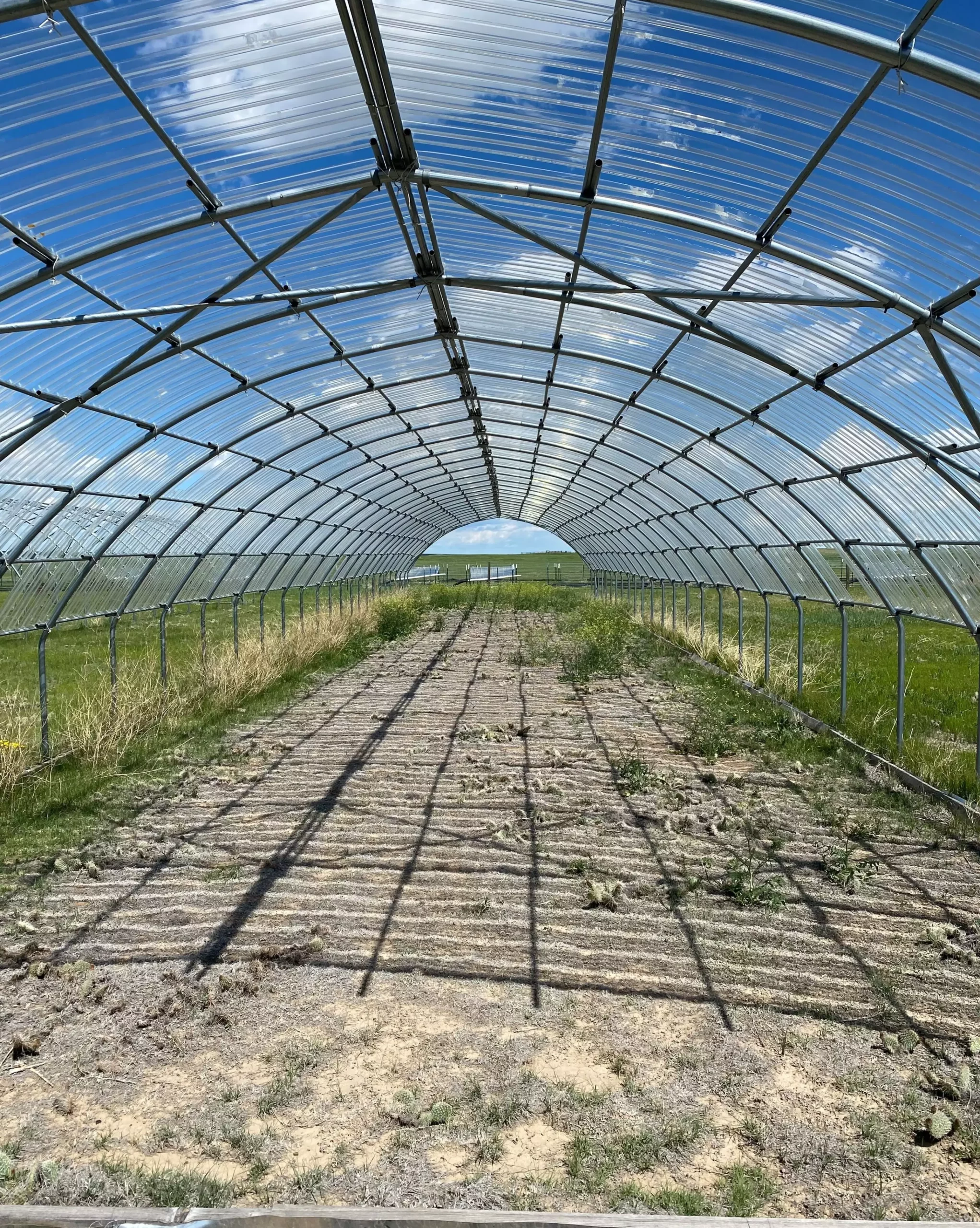A recent study conducted by scientists from Colorado State University has shed light on the devastating effects of extreme drought on grasslands and shrublands. The research, published in Proceedings of the National Academy of Sciences, reveals that the impact of short-term droughts has been greatly underestimated, signaling a concerning future for these vital ecosystems. This groundbreaking study, led by Professor Melinda Smith, provides a detailed understanding of the potential losses in plant productivity and offers insights into the variability of drought response across different regions.
An Unprecedented Experiment
The International Drought Experiment, initiated by the National Science Foundation’s Drought-Net Research Coordination Network, brought together over 170 authors from around the world to conduct a comprehensive analysis of extreme drought data. Over a period of four years, the researchers utilized rainfall manipulation structures to artificially reduce precipitation in order to simulate drought conditions. This groundbreaking experiment enabled the team to measure the impact of extreme drought on aboveground plant growth, a key measure of ecosystem function.
The findings of the study revealed that extreme drought led to a significant reduction in aboveground plant growth, surpassing previously reported losses in grasslands and shrublands. Notably, the study showed that plant productivity decreased by 60% more during extreme drought events compared to milder droughts historically experienced. These results highlight the urgency of addressing climate change and its implications for terrestrial ecosystems, particularly grasslands and shrublands.
Implications for the Future
As Earth’s climate continues to change, short-term droughts of extreme intensity are expected to become more frequent. Previously considered rare 1-in-100-year droughts may now occur every two to five years. This shift in frequency raises concerns about the resilience of grassland and shrubland ecosystems. The study’s findings shed light on the vulnerability of these ecosystems to climate change and the potential impact on industries reliant on them, such as livestock production.
The research also revealed insights into how specific climates, soil conditions, and vegetation types influence the response of ecosystems to drought. Drier and less diverse sites, such as those found in Colorado, were identified as particularly vulnerable to extreme droughts. However, regardless of location, the severity of the drought was consistently the most important factor in determining ecosystem response. This suggests that even moderate losses from less severe droughts can have substantial impacts on populations dependent on these ecosystems.
Grasslands and shrublands, covering approximately 30% to 40% of the Earth’s surface, play a crucial role in storing carbon and supporting various industries. The study’s findings emphasize the global relevance of these ecosystems and the need for urgent action to mitigate the risks associated with extreme drought. The loss of function in grasslands and shrublands not only impacts local populations but also contributes to the overall decline in ecosystem health worldwide.
Building on the extensive dataset collected during the four-year project, the research team is currently analyzing the long-term impacts of multiyear droughts globally. This further investigation will provide valuable insights into the cumulative effects of prolonged drought on grassland and shrubland ecosystems. It is imperative that these findings are used to inform policy decisions and management strategies to enhance their resilience and mitigate the potential consequences of climate change on these critical ecosystems.
This pioneering study conducted by scientists from Colorado State University marks a significant advancement in our understanding of the impact of extreme drought on grasslands and shrublands. The research highlights the dire consequences of underestimating the effects of short-term drought and emphasizes the urgent need for measures to protect and restore these vulnerable ecosystems. By recognizing the importance of grasslands and shrublands in the face of climate change, we can work towards sustainable solutions that safeguard both human livelihoods and the health of our planet.


Leave a Reply